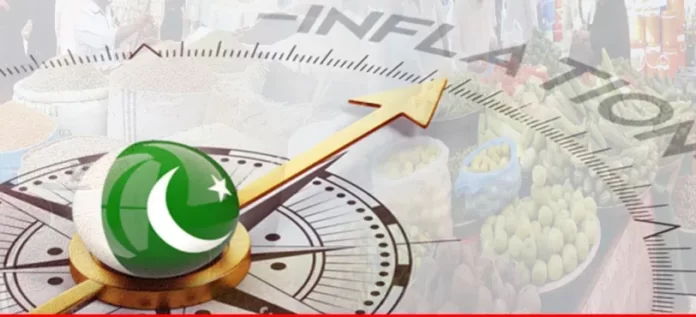The Sensitive Price Indicator (SPI) recorded a marginal decline of 0.04% for the week ending February 13, 2025, reflecting a mixed trend in essential commodity prices, according to the latest data released by the
The dip was mainly attributed to falling prices of tomatoes (-8.80%), tea (-4.46%), onions (-3.97%), and pulse gram (-1.91%). Other food items such as potatoes, LPG, wheat flour, and basmati rice also registered slight declines.
However, some commodities witnessed price hikes, with bananas increasing by 9.37%, followed by chicken (3.62%), eggs (2.38%), and garlic (1.47%). Prices of sugar, mutton, powdered salt, and beef also saw slight increases.
PBS data showed that out of the 51 items tracked, 13 recorded price increases, 15 declined, and 23 remained stable.
On a year-on-year basis, the SPI rose by 0.98%, with ladies’ sandals (+75.09%), pulse moong (+29.15%), pulse gram (+27.87%), powdered milk (+25.84%), and beef (+22.75%) among the most affected commodities. Prices of potatoes, bananas, and garlic also saw significant increases. Conversely, onions (-56.58%), tomatoes (-48%), and wheat flour (-37.18%) led the list of items with the steepest annual price drops.
Historical trends indicate that inflationary pressures have eased over recent months. The SPI, which peaked at 16-17% in mid-October 2024, has been on a sharp downward trajectory since November, falling below 10% and reaching around 2-3% in January 2025.
Despite the decline, inflation expectations remain volatile, with the State Bank of Pakistan’s monetary policy committee cautioning that inflation could rise towards the upper bound of the target range by the end of FY25.




